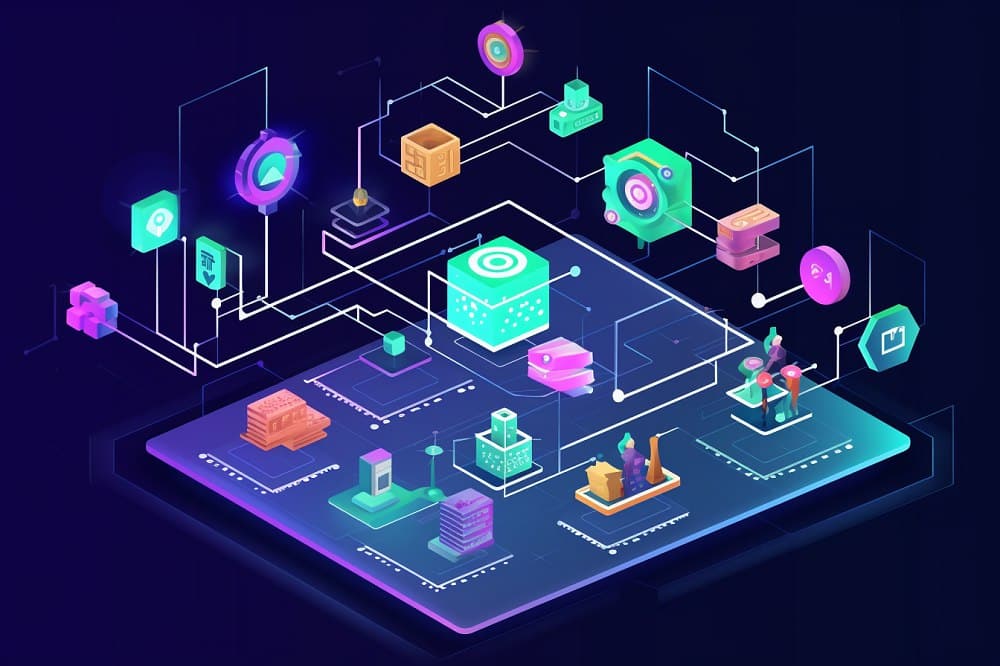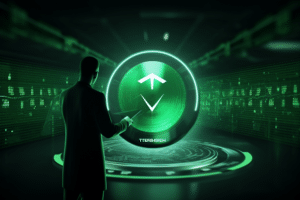
Decentralized Mixture of Experts (MoE): A Beginner’s Guide
Discover more about blockchain scalability, efficiency, and security through the Decentralized Mixture of Experts (MoE), which assigns tasks to specialized expert systems.
The Decentralized Mixture of Experts (MoE) is a game changer for how technology approaches complex tasks. It enhances an organization’s speed, scalability, and efficiency by distributing specific tasks across systems that specialize in them.
This paradigm makes excellent progress in AI and blockchain by addressing resource deployment, scalability, and security challenges. This guide explains how Decentralized MoE works and its significance in blockchain technology.
What is Decentralized Mixture of Experts (MoE)?
Initially, machine learning systems were designed to be universal to all tasks with one large model. This may work, but in most cases, it is highly inefficient as the model attempts to perform many loosely linked functions that are not its primary focus.
For example, a system that recognizes images and text can do so but not to a desirable extent, as it will not be specialized for that task. A decentralized Mixture of Experts splits the entire model into small systems called expert models.
By design, each expert performs a specific task, and a system of gates determines which expert works on a particular input. Consequently, it results in task routing, increasing the speed of work and its accuracy.
In this architecture, the gates are autonomous, meaning each can make local decisions without any interdependence. This enables decision-making without interference. These systems are perfect for tackling large datasets or working in a distributed system; hence, the name Decentralized MoE.
Key Features of Decentralized MoE
Independent Decision-Making
Each gate selects an expert for the task, eliminating the need for a base system. This decentralized nature improves the system’s overall functionality and effectiveness.
Supervised Model
Experts in Decentralized MoE systems do not have a universal approach; they have a specific focus. For instance, one expert could be responsible for imaging and another for transcriptions.
Centralized Communication
Every expert and gate is connected through a centralized communication line, enabling data to reach its targeted location and achieve optimal performance.
Multi-focus Input
Every gate and expert is self-reliant, enabling them to function on different inputs simultaneously, making parallel processing possible. The structure allows uninterrupted clocked systems to work on multiple tasks simultaneously, which is necessary when dealing with extra-large systems.
Benefits of Decentralized MoE
Increasing All Aspects
Expanding the number of gates and experts makes decentralized MoE more straightforward to scale up. Unlike other centralized systems, the system’s growth is not hindered.
Effective Utilization of Resources
There is no need to waste any settings, as the settings are configured only when required. This allows for cost-cutting and lowered energy wastage. It saves time and money and is also an environmentally friendly approach.
Reduction in Energy Usage
With increased energy efficiency, parallel computing designed for an expert target audience eliminates the need for excessive computation, reducing environmental effects.
Applications of Decentralized MoE in Blockchain
The Decentralized Mixture of Experts has promising features in blockchain. It allows for scalability and enhanced speed in an autonomous blockchain system.
Improving Upon Consensus Algorithms
Consensus methods like proof-of-stake and proof-of-work require extensive computing. Decentralized MoE can allocate experts to these aspects, boosting scalability and energy efficiency.
Adjusting Smart Contracts
Experts should adopt advanced smart contracts for optimal functioning. When more computations are needed, the decentralized MoE technique reduces waste by routing the contract-critical bits.
Improving Security
Specific Behavioural Monitoring uses a decentralized Mixture of Experts to observe transaction behaviors, patterns, and cryptographic processes to detect anomalies, fraud, and malicious behavior in any blockchain system.
Extending the Scope of Blockchain Networks
Blockchain struggles to manage transactions as networks grow. A Bus Architecture solves the problem by isolating expert services so nodes can work together for transaction validation and consensus verification.
The Challenges of Decentralized Mixture of Experts
Coordination Complexity
Hierarchies, gate placement, expert placement, and data routing are challenging. Since decentralized systems have no central authority, communication must be detailed and clear.
Resource Allocation
Nodes running across many locations will have uneven computing and storage capabilities, making rules hard to manage. This issue leads to load imbalance and inefficient results.
Latency issues
Decentralized systems are inefficient due to significant latency since information must travel between nodes. This can reduce real-time system performance and responsiveness.
Security Concerns
Several attacks, including Sybil, can occur in decentralized systems. Managing data confidentiality and “trust” without central control can be challenging.
Model Consistency
Coordinating updates among experts can be challenging and affect the fault tolerance or quality of the system.
Integrating AI, Blockchain, and Decentralized MoE
The mix of AI, blockchain, and Decentralized MoE is promising. Decentralized MoE allows AI-powered blockchain applications like DEFI, NFTs, and governance systems to profit from technical innovations.
A decentralized Mix of Experts can fully automate a decentralized autonomous organization’s governance.
Conclusion
A decentralized Mixture of Experts advances how systems interact with the real world to solve complicated challenges. Its structure makes it suitable for enhancing scalability, efficiency, and solution security.
Although there are still obstacles, gradual improvement in decentralized AI designs and resource management will enable proper utilization of the potential Decentralized MoE has established.




